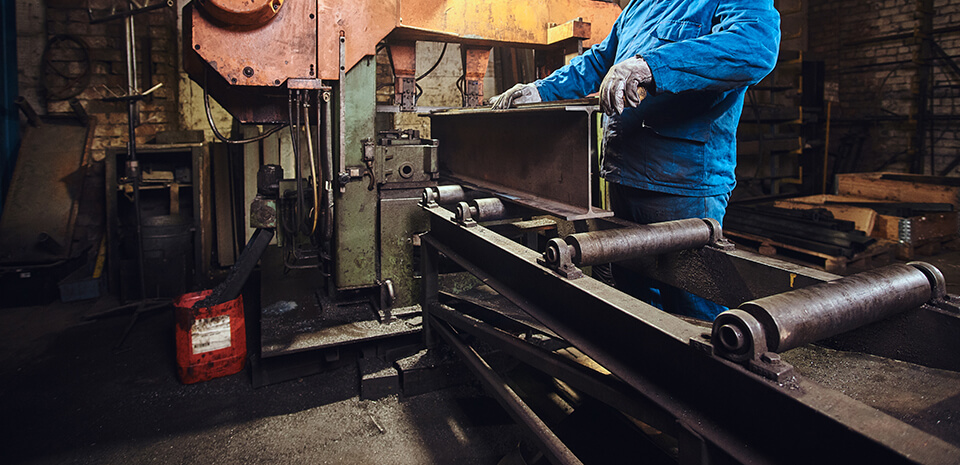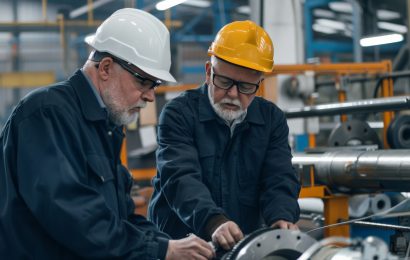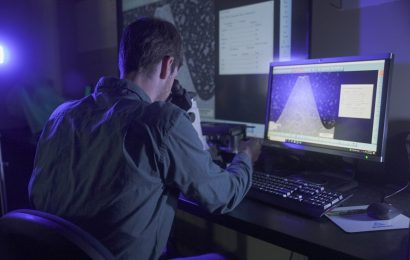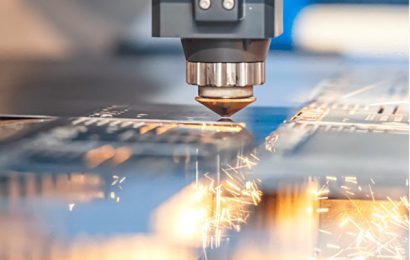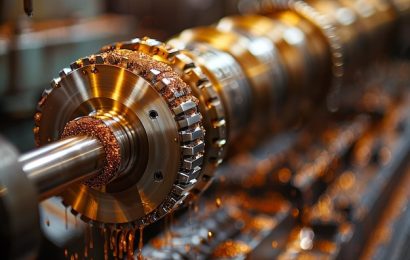Emerging Metallurgical Testing Technologies Shaping 2025 and Beyond
The field of metallurgical testing is evolving rapidly, driven by advancements in technology, increasing industry demands, and the push for more sustainable and efficient processes. As we move into 2025 and beyond, several key trends are shaping the way metallurgical laboratories operate, ensuring higher precision, faster results, and improved cost-efficiency. At Precision Surfaces International, Inc. (PSI), we stay ahead of these trends to provide innovative solutions for our clients. Here’s a look at the emerging technologies revolutionizing metallurgical testing.
AI and Machine Learning in Metallurgical Analysis
Artificial intelligence (AI) and machine learning are transforming metallurgical testing by automating data analysis, improving defect detection, and optimizing material properties predictions. AI-driven image recognition is enhancing microstructural analysis, allowing laboratories to detect inconsistencies with unprecedented accuracy. Machine learning models are also helping manufacturers predict material performance under different conditions, reducing trial-and-error testing.
Advancements in Non-Destructive Testing (NDT)
Traditional destructive testing methods are being supplemented and, in some cases, replaced by more sophisticated non-destructive testing (NDT) techniques. Technologies such as:
- X-ray Computed Tomography (XCT): Provides high-resolution 3D imaging of internal structures without damaging samples.
- Phased Array Ultrasonic Testing (PAUT): Allows for more precise defect detection and analysis in complex materials.
- Magnetic Flux Leakage (MFL): Used for detecting surface and near-surface flaws in ferromagnetic materials.
These NDT advancements are enabling industries to enhance material reliability while reducing waste and downtime.
Additive Manufacturing and Material Testing
The rise of additive manufacturing (AM) has led to new metallurgical testing requirements. As 3D-printed metals gain traction in aerospace, medical, and automotive industries, specialized testing methods are needed to evaluate porosity, bonding strength, and microstructural integrity. Innovations in laser scanning, thermal imaging, and micro-CT scanning are helping manufacturers ensure that additively manufactured parts meet stringent industry standards.
High-Throughput Automated Testing
Automation is playing a significant role in modern metallurgical labs. High-throughput automated testing systems are reducing manual labor, increasing testing speeds, and ensuring consistent results. Robotic sample preparation, automated hardness testing, and AI-powered microscopy are streamlining laboratory workflows and enhancing overall productivity.
Sustainable Metallurgy and Green Testing Methods
Environmental concerns are driving a shift toward more sustainable metallurgical testing practices. Labs are adopting greener testing methods by:
- Using eco-friendly etchants in chemical analysis to reduce hazardous waste.
- Optimizing energy-efficient furnace operations for heat treatment.
- Implementing closed-loop water recycling in material preparation.
Sustainability initiatives are becoming increasingly important as industries strive to reduce their environmental footprint.
Looking Ahead: The Future of Metallurgical Testing
As technological advancements continue to shape metallurgical testing, companies must stay ahead of the curve to remain competitive. AI-driven analytics, next-generation NDT methods, additive manufacturing innovations, automation, and sustainable practices are just some of the key trends defining the future of material science.
At PSI, we are committed to providing cutting-edge metallurgical solutions to help industries adapt to these emerging trends. Contact us today to learn how our expertise and advanced technologies can enhance your testing processes and drive your business forward.

